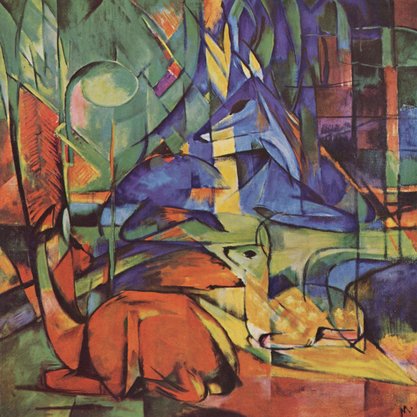Article
Grosz, George (1893–1959) By McCloskey, Barbara
Article
George Grosz was a leading artist of Germany’s early 20th-century expressionist, Dada, and New Objectivity movements. His works from this period remain celebrated examples of the modernist avant-garde. Grosz began his career as a student at the Dresden Academy of Art in 1909. In 1912, he moved to Berlin, abandoned the academic rigor of his earlier work, and became part of the Expressionist avant-garde. His paintings and drawings soon adopted the fractured planes, vivid color, and psychologically troubled content of Expressionist art.
Grosz became politically radicalized by the outbreak of World War I in 1914. He helped to found Berlin Dada during the war years. His irreverent cut and paste Dada collages of this period assailed not only the concept of ‘‘art,’’ but also the vaunted notions of culture, militarism, and national pride that were part of a German social order Grosz had come to despise. At the end of World War I, Grosz joined the German Communist Party and became its leading artist. He fled to the United States in order to escape persecution after Hitler’s appointment as Chancellor in 1933. Grosz settled in New York, where he pursued his art under the utterly changed circumstances of exile.

